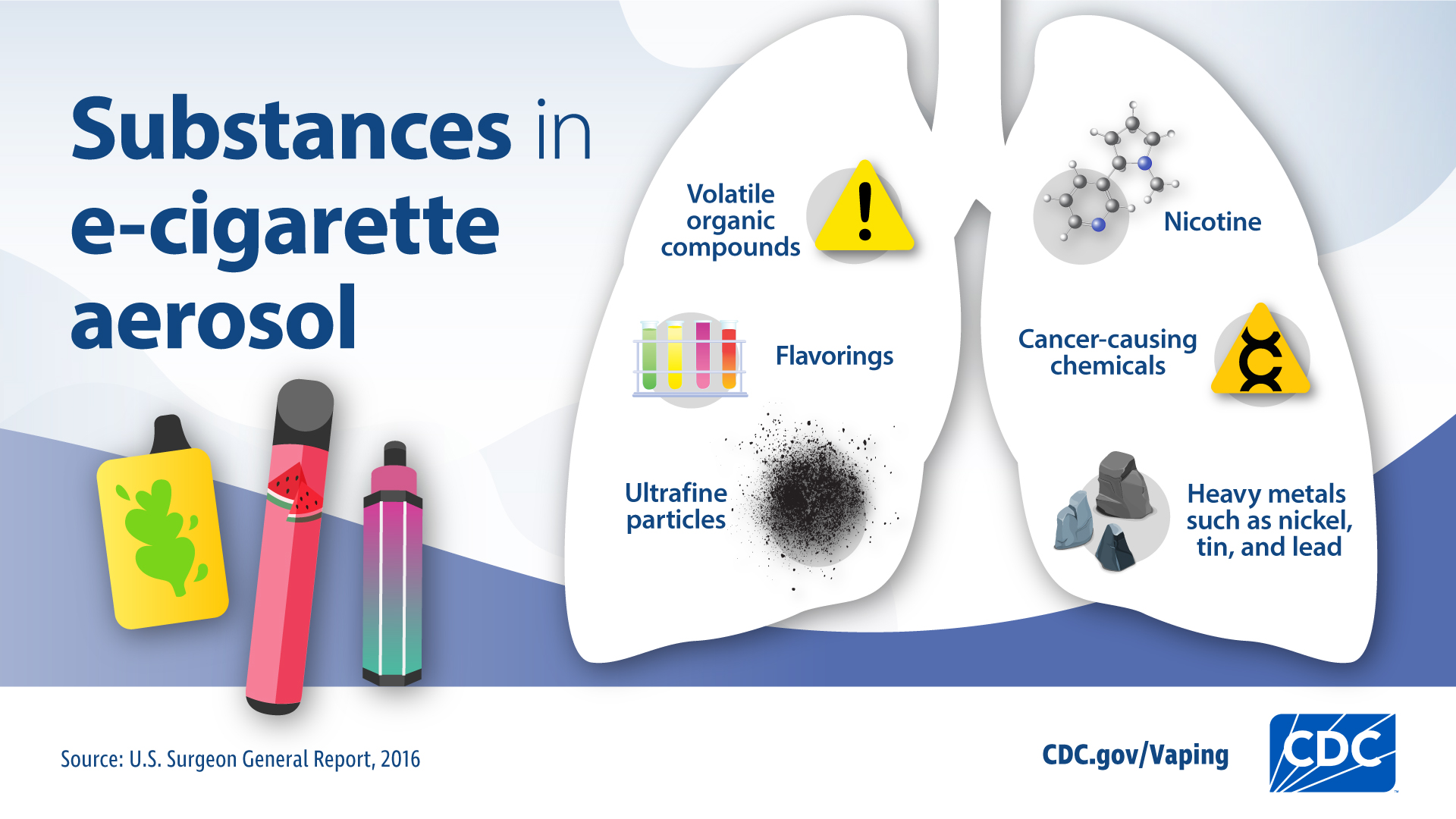The concept of a “safest” electronic cigarette is complex, as vaping inherently carries some risks. However, certain factors can minimize potential harm:
- E-liquid Composition: Opt for e-liquids with minimal ingredients: vegetable glycerin (VG), propylene glycol (PG), and flavorings. Avoid e-liquids containing nicotine, Vitamin E acetate, THC, or other additives linked to lung injury.
- Flavorings: Some flavorings are more harmful than others when inhaled. Research the safety profiles of flavorings before use, or consider using unflavored e-liquids.
- Device Quality and Safety Features: Choose reputable brands with safety features like overheat protection, short-circuit protection, and certified battery safety.
- Lower Power Settings: Using lower power settings can reduce the production of harmful byproducts.
- Proper Maintenance: Regularly clean and maintain your device to prevent residue buildup and ensure proper function.
Minimizing Risk
To reduce potential harm:

- Avoid Nicotine: Nicotine is highly addictive and has negative health effects.
- Use Flavor-Free E-Liquid: A high-grade mixture of flavor-free e-liquid without nicotine minimizes the impact on lung function.
- Consider Alternatives: If possible, explore nicotine replacement therapies or other methods to quit smoking altogether.
Disclaimer: Vaping is not risk-free. The safest option is to abstain from vaping altogether. This information is not a substitute for professional medical advice.









